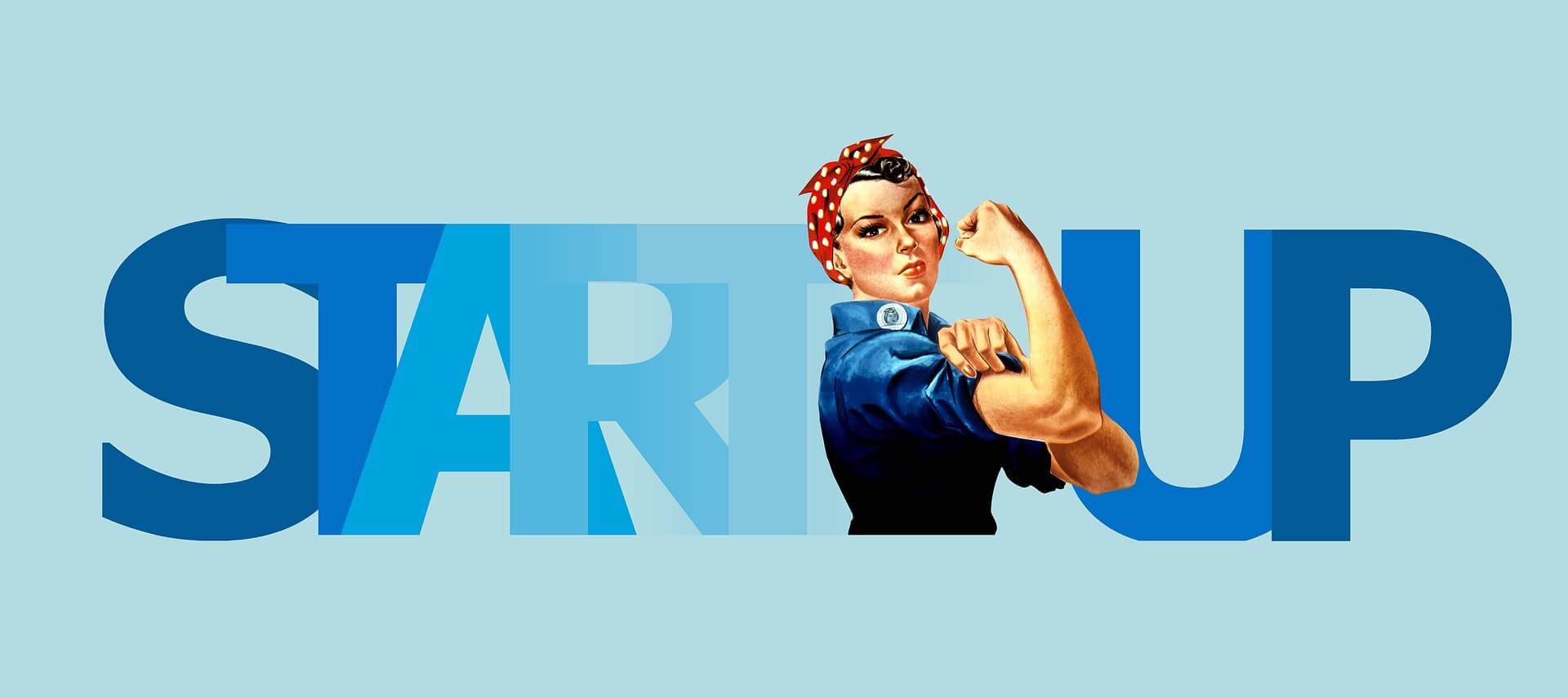Yesterday, my best friend called me and told me that he has opened up a startup business. I was very excited and happy to hear. In the past few years, I have come across many people who have opened up a startup business. Earlier I was unaware of what a startup is but today I think it’s a necessity to know the meaning of a startup.
If you still not aware about a startup, then don’t worry. I have written this article for people like you only. According to me, there is no age limit to gain new information so why wait now?
According to Neil Blumenthal, co-founder and co-CEO of Warby Parker, ‘A startup is a company working to solve a problem where the solution is not obvious and success is not guaranteed’.
The worldwide trend of startups has been around for a long time. This trend arrived in late in India but today a lot of startups have come up in India. In the race for the number of startups, India ranks on the third position after the United States and the United Kingdom.
In 2015, there were 4,200 startups in India and it is expected to increase to more than 11,500 startups by 2020. Generation of startups have provided employment to 80,000-85,000 people and this figure is expected to increase to 2,50,000 people in 2020. By the end of 2015, the number of startups increased to 40% and the total worth of startup industry is around USD 5 billion.
Times Of India has come up with a list of 17 startups that can rule 2017. Few examples of those startups are mentioned below.
- Faircent
- Staqu
- FreshToHome
- Id Foods
- FreshMenu
Which pricing strategy should a startup go for?
Pricing is the most important part of any business. In case you choose a wrong pricing strategy, your whole business can come to an end. As a startup, you don’t want to do that. When your business is new in the market, it takes a lot of time and effort to create its brand value. Customers around the world need time to trust your business and during that time you have to do everything right including choosing an effective pricing strategy.
But before we move ahead, lets us discuss the meaning of pricing strategy. It is a technique which is used by all companies to decide a suitable price for all their goods & services. There are a lot of pricing strategies that a startup can follow. Some of them are stated below.
Cost led pricing
Many startups and other businesses go for this strategy. This pricing is very simple to calculate. Just add all the costs which are involved in making a product such as manufacturing cost, variable and fixed expenses. Don’t forget to add your expected profit in that cost. Total that cost to arrive at a fixed price for your product. For example, Apple uses this pricing strategy. Cost of iPhone 5s in India at the starting was more than Rs. 50,000. Its total manufacturing cost is not more than Rs. 15,000. Apple charges Rs. 35,000 extra as it’s expected a profit.
Competition led pricing
In this strategy, a company prices its products/services with respect to its competitors. If your competitor charges a higher price for its product/service, you will also charge the same price. Let’s take an example of Apple and Samsung. Apple launched iPhone 7 at the cost of Rs. 60,000. After a few days, Samsung launched S8 mobile for the cost of Rs. 60,000 as well.
Customer-led pricing
As the name suggests, the company asks its customers the exact price that they are willing to pay for their products. Accordingly, the prices are set. I know it’s weird and your company can also go into losses if you charge a lower price (according to your customers) for your products but at least your products/services demand will keep on increasing. For example, this is what One Plus did in the starting. They charged low prices for their phones to satisfy their customers wants.
Loss leader
This is one of the most daring pricing strategies. Being a startup, it is difficult to compete with your big competitors. So if you can’t compete with them, you can at least piss them off by charging low prices for your products/services and giving excellent quality in return. For example, Xiaomi charges low prices for its products but gives excellent quality in return. This easily hurts the sales of big companies such as Samsung, One Plus, Apple etc.
Bundled pricing
In this strategy, a company offers 2 or 3 products together in order to increase the sale of its products/services. You can justify charging a high price by giving quality in return. For example, One Plus offers a Rs. 1,200 earphone and a protective case if you buy One Plus 5 from Croma showrooms. This is the perfect example of bundled pricing.
Range pricing
This strategy is followed by every business on the planet. Most of the companies offer different products. In order to increase the customer base, they can charge different ranges of prices to grab different types of customers. The range can vary from Rs. 6,000 to Rs. 60,000. For example, Samsung offers its mobiles starting from Rs. 6,000 to Rs. 60,000 and beyond.
One number
Have you visited a store where every product is priced at the same price? I have. A perfect example of this is the 99 store in GIP, Noida. There every product is priced at Rs. 99. What’s the use of this strategy? Well, you can offer different types of products at the same price. This will increase your customers.
What’s my opinion?
There is no one right strategy. With time, companies have to change their pricing strategies depending on various factors such as competition, customer preferences etc. No company can stick to one pricing strategy. If it does, it will be difficult for that company to survive in the market. For example, One Plus started with customer pricing and now it is following competition pricing.
If you have a startup then learn from others mistakes and choose a right pricing strategy for your startup.

